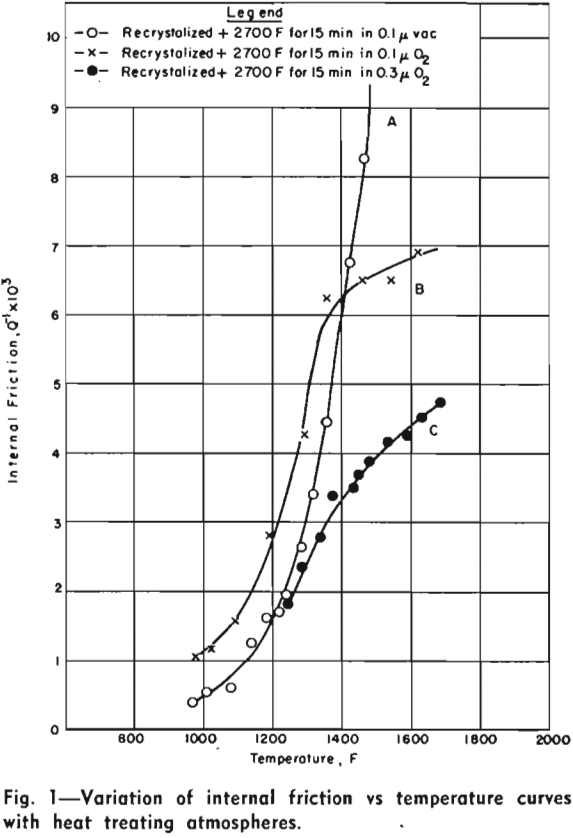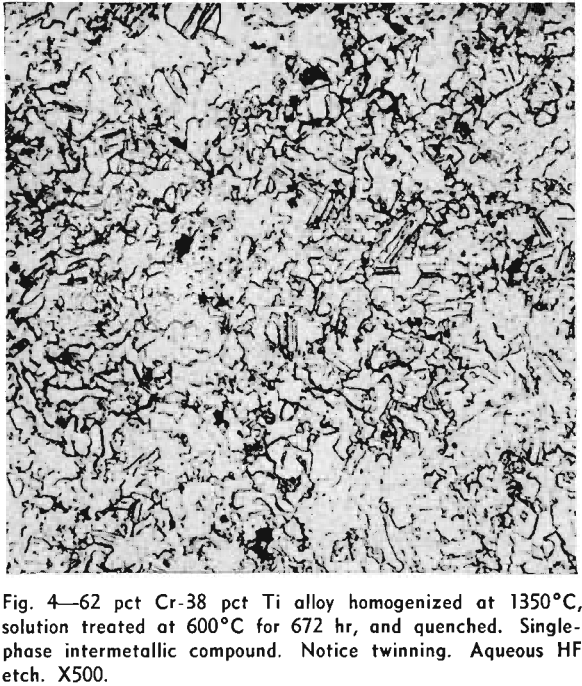Zone Melting
If a charge of binary solid-solution alloy is melted and then frozen slowly from one end, as for example in the Bridgman method of making single crystals, coring usually occurs, with a resulting end-to-end variation in concentration. Such coring, or normal segregation, is undesirable where uniformity is an object. On the other hand, for certain […]
Electrolytic Zinc

I want to emphasize the point brought out: if solutions are absolutely pure, the tank-house troubles are very few. If you have one part in two million of antimony, you will have trouble, and lots of it, in the cell room; that is about the gage you might take of the degree of purity to […]
How to Remove Silver from Lead Bullion

In 1947 the author became interested in the fundamental aspects of the desilverizing of lead by zinc, conducted some experimental work, and searched the technical literature for all available fundamental data. Since then a revival of interest in the subject in Europe resulted in the appearance of quite a number of papers. It became evident […]
Precipitation in Copper-Beryllium Alloys
The nature of the atomic rearrangement involved in the precipitation of the compound γ-Cu-Be from supersaturated solid solutions of the copper-base alloys has been the subject of two extensive investigations. The precipitate in this alloy system has a rather simple structure; at equilibrium it has a body-centered cubic unit cell with copper atoms on the […]
Vapor Pressure of Silver

The purpose of this study was to measure the vapor pressure of silver as the first step in the determination of activities in silver alloys and to test the limitations of the method adopted. In order to work at low pressures, below 2×10-² mm of mercury, the orifice effusion technique was employed. To shorten the […]
Solid Copper Surface Tension

G. Kuczynski and B. H. Alexander—This paper represents a most noteworthy attempt to evaluate experimentally the surface tension of a solid metal. Because of the great importance of such measurements, any proposed method should receive the closest scrutiny before the results can be considered reliable. The writers think, however, that the experimental results are fairly […]
Electric Furnace Melting of Copper

The final casting of refined copper has been restricted for generations by the following sequence of operations: Filling the reverberatory furnace, melting, skimming, blowing or flapping, and poling. The hoped-for 24 hr cycle, producing 300 tons or more, has been taken up largely with the necessary but time-consuming tasks of cleaning the bath, sulphur elimination, […]
Arc Melting of Titanium Metal

Because of the reactivity of titanium metal with all known refractories and the common atmospheric gases, melting of the metal presents numerous problems. It is necessary to provide an inert atmosphere in the furnace as well as a crucible material that will not react with the molten metal, if a ductile ingot is to be […]
What is the Effect of Oxygen on Molybdenum

Specimens A, B, and C, of 0.040 in. diameter commercial molybdenum wire (Lot FW 13-40) were heat treated in the vacuum furnace. Internal friction studies of these specimens were carried out using a low frequency (approximately 1 cycle per second) torsional pendulum completely enclosed in a vacuum tank. The embrittling effect of small pressures of […]
Titanium-Chromium Phase Diagram

In view of the recognition of the potentialities of titanium and its alloys as important structural materials there has arisen a need for a systematic investigation of various titanium binary diagrams. Of these, the Ti-Cr system was of particular interest because of the improved properties imparted to titanium by small chromium additions. Sponge titanium (99.7 […]
